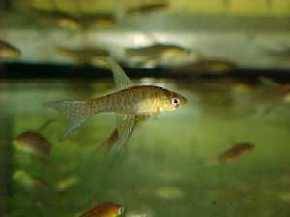mg class=”alignnone size-full wp-image-147928″ src=”http://www.aquariumglaser.de/wp-content/uploads/Anentome-helena.jpg” alt=”” width=”591″ height=”394″ />
From now available: the snail-eating snail ANENTOME HELENA. This item coming from asia, is perfect cleaning your tank from snails. The snail is finding her victims with her trunk. With a total length of about 1,5cm is this item also suitable for very small tanks, in which many hobbyists are keeping dwraf shrimps. In such small tanks it is nearly impossible to reduce other snails with loaches of puffers After eating all snails, you can feed those with protein containing food. Just try them! (Photo F.Schäfer Text R. Neunkirchen)
| Angaben zum Tier | |
|---|---|
| Herkunft | Asien |
| Verfügbare Größe in cm | 1-1,5 |


































































































